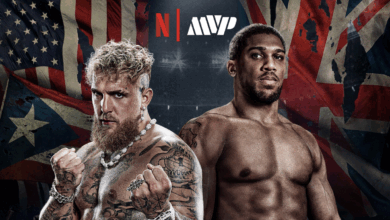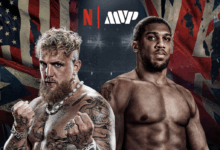When the Bell Rings and the Odds Shift: Inside the World of Combat Sports Betting
There’s something oddly quiet about the final moment before a fight begins. The lights are bright. The crowd is loud. But just for a breath, there’s stillness. The fighters square off, the referee gestures, and then, action. It’s a moment charged with uncertainty, where possibility hangs in the air.
Combat sports have always lived in that uncertain space. That’s part of what draws people in. Anything can happen. And increasingly, it’s not just the fighters riding that uncertainty, it’s the fans too, particularly those who view betting not as a gamble, but as a test of observation and timing.
The Nature of Risk in a One-on-One World
In team sports, outcomes can often be predicted with a degree of confidence. Lineups, stats, and weather conditions all add up. But combat sports don’t work that way. The variables are fewer, but their impact is greater. A single mistake can undo months of preparation.
For a bettor, that makes things both difficult and intriguing. It’s not enough to look at win-loss records or highlight reels. Context matters. A fighter might be undefeated but brittle under pressure. Another might be inconsistent on paper but lethal in the final round.
What’s required is not just information, but interpretation. And a willingness to accept that sometimes, things won’t go to plan, for anyone.
Choosing the Right Platform Quietly Matters
There’s a part of the process most people don’t talk much about, not the bet itself, but where it’s placed. While many stick with mainstream sites, some are beginning to explore more flexible betting platforms that offer a different kind of experience.
These platforms aren’t inherently better. They’re just structured differently. Fewer regional restrictions, broader markets, and often a simpler interface. For bettors who value autonomy, the ability to engage with the sport on their own terms matters. It’s not about avoiding safeguards, but about navigating systems that reflect how they actually use them.
And while not every user will feel the need to change where they bet, those who do often cite the same reason: they just want fewer barriers between analysis and action.
Strategy Isn’t Always About the Bet You Place
There’s a misconception that skilled bettors are the ones always in on the action. In reality, they’re often the ones sitting back and watching. Not because they’re hesitant, but because they know how to wait.
They watch fighter interviews. They study weigh-ins. They listen, not just to what’s said, but how it’s said. They pass on odds that look tempting but don’t feel quite right. In the end, the decision not to place a bet can be as informed as the choice to dive in.
This restraint isn’t glamorous. But over time, it’s usually what sets apart the bettors who last from those who burn out early.
A Quiet Shift in the Betting Landscape
As fight fans have become more globally connected through streaming, social media, and 24-hour coverage, their expectations have changed. They want platforms that move with them, not ones that slow them down.
That’s part of why alternative betting environments are gaining quite traction. They’re not trying to revolutionize anything. They’re just… simpler. Faster. Slightly more aligned with the habits of users who pay close attention and want options that reflect that.
It’s not a loud trend. But it’s visible to those who know where to look.
Still, It All Comes Back to the Fight
For all the talk of odds, platforms, and strategy, it’s worth remembering what brought most people here in the first place. The fight. The drama of a clean jab landing at the perfect moment. The subtle footwork that changes everything. The risk. The discipline. The story.
Betting, when approached with care, doesn’t take away from that. It enhances it. It makes each round more focused, each fighter’s decision more meaningful. It turns watching into something closer to understanding.
Because when the bell rings, and the chaos begins, the outcome is out of your hands. But how you read the lead-up, how you engage with it, and what you choose to do with that information, that part’s still yours.




